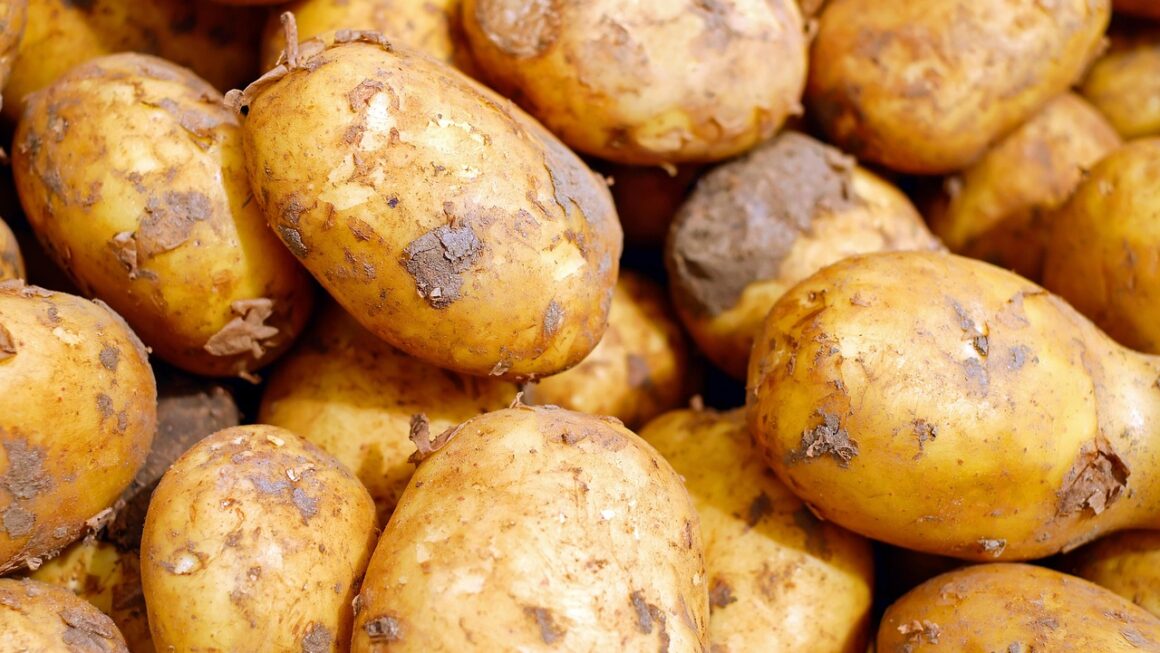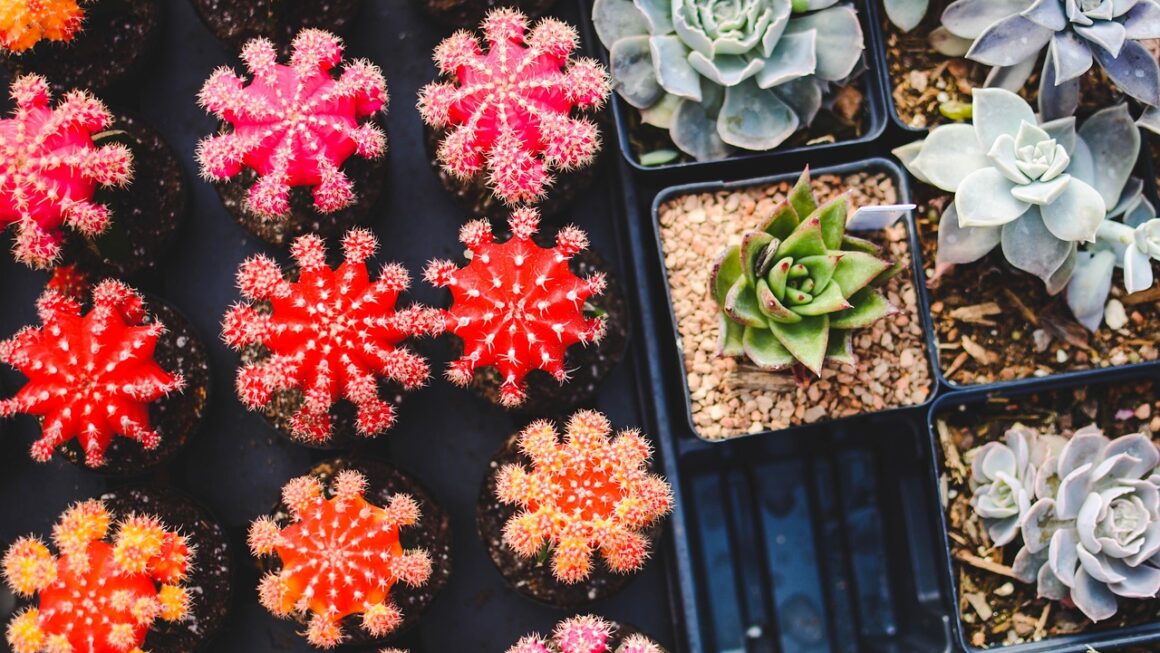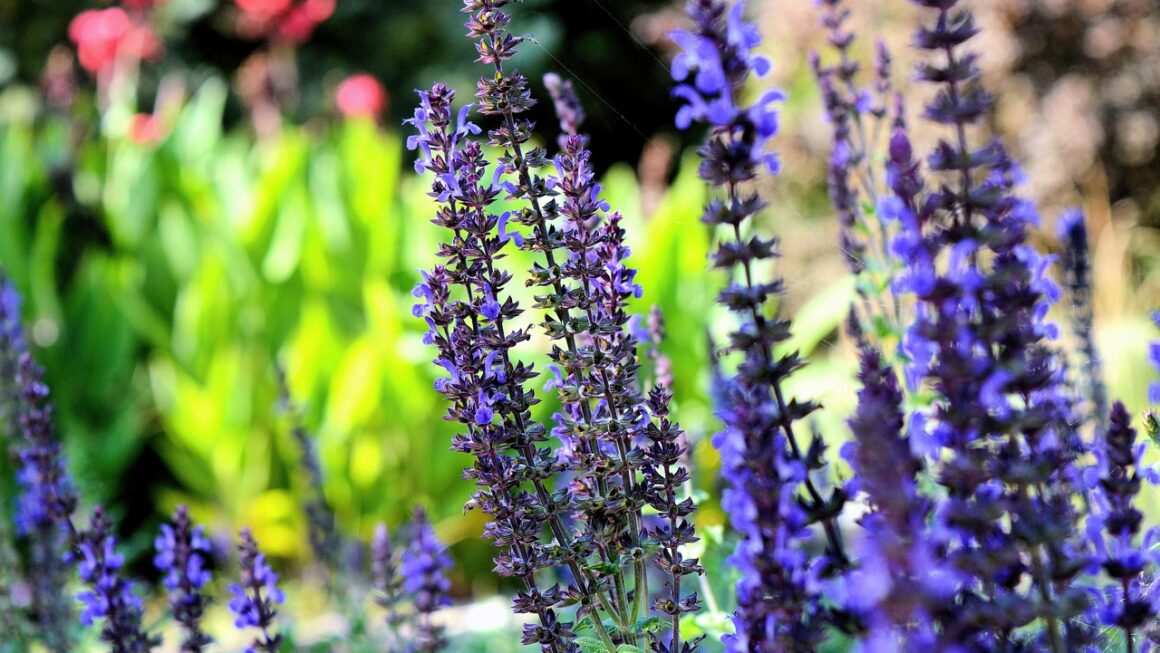Choosing the right garden tools can transform your gardening experience from a chore into a joyful and productive activity. Whether you’re a seasoned gardener or just starting to cultivate your green thumb, understanding the essential tools and their specific uses is crucial for success. This guide will walk you through the must-have garden tools, helping you make informed decisions and equip yourself for a thriving garden.
Essential Hand Tools for Every Gardener
Hand tools are the backbone of any gardening endeavor, offering precision and control for various tasks. Investing in high-quality hand tools ensures durability and efficiency.
Trowels: Your Planting Companion
A trowel is arguably the most fundamental garden tool. It’s used for digging small holes, transplanting seedlings, and scooping soil. Look for a trowel with a sturdy, rust-resistant blade and a comfortable handle. Stainless steel trowels are a good investment, as they resist corrosion and are easy to clean.
- Benefits:
Essential for planting and transplanting.
Ideal for working in tight spaces.
Available in various sizes for different tasks.
- Example: A narrow trowel is perfect for planting bulbs, while a broader trowel is better for moving larger plants.
Hand Rakes: Smoothing and Leveling
Hand rakes, also known as cultivators or garden claws, are perfect for loosening soil, removing weeds, and mixing in amendments like compost or fertilizer. They feature tines that break up compacted soil, improving aeration and drainage.
- Benefits:
Loosens and aerates soil.
Removes weeds and debris.
Prepares seedbeds.
- Example: Use a hand rake to break up clumps of soil before planting seeds, creating a smooth and even surface.
Pruning Shears: Shaping and Maintaining
Pruning shears, or secateurs, are indispensable for trimming plants, removing dead or diseased branches, and shaping shrubs and trees. There are two main types: bypass pruners, which make clean cuts like scissors, and anvil pruners, which crush stems. Bypass pruners are generally preferred for live growth, as they cause less damage.
- Benefits:
Maintains plant health and shape.
Removes dead or diseased growth.
Encourages new growth.
- Example: Use bypass pruners to remove dead roses or shape a flowering shrub after it has finished blooming.
Long-Handled Tools for Larger Tasks
For larger gardens or tasks that require more leverage, long-handled tools are essential. These tools minimize strain on your back and arms.
Spades and Shovels: Digging and Moving
Spades and shovels are designed for digging, moving soil, and edging. A spade typically has a flat blade and is used for cutting through sod and creating clean edges. A shovel has a curved blade and is better for scooping and moving soil, compost, or other materials.
- Benefits:
Digging holes for planting trees and shrubs.
Moving large amounts of soil or compost.
Edging garden beds.
- Example: Use a spade to create a clean, defined edge along a flower bed, and use a shovel to move a pile of compost to your vegetable garden.
Garden Rakes: Clearing and Leveling
Garden rakes are used for gathering leaves, debris, and leveling soil. There are two main types: leaf rakes, which have flexible tines for gathering leaves, and bow rakes, which have rigid tines for leveling soil and spreading mulch.
- Benefits:
Clears leaves and debris from lawns and gardens.
Levels soil for planting.
Spreads mulch evenly.
- Example: Use a leaf rake to gather fallen leaves in the autumn, and use a bow rake to level a newly tilled garden bed before planting.
Hoes: Weeding and Cultivating
Hoes are designed for weeding, cultivating, and creating furrows for planting. There are various types of hoes, each suited for different tasks. A stirrup hoe, also known as a scuffle hoe, is effective for cutting weeds at the soil surface. A draw hoe is used for creating furrows and moving soil.
- Benefits:
Removes weeds quickly and efficiently.
Cultivates soil between rows of plants.
Creates furrows for planting seeds.
- Example: Use a stirrup hoe to quickly remove weeds from a vegetable garden without disturbing the soil.
Specialized Garden Tools for Specific Needs
Depending on your gardening interests and the types of plants you grow, you may need specialized tools to make certain tasks easier and more efficient.
Soil Testing Kits: Understanding Your Soil
While not strictly a ‘tool’ in the traditional sense, soil testing kits are invaluable for understanding your soil’s pH level and nutrient content. This knowledge allows you to amend the soil appropriately, ensuring optimal growing conditions for your plants. According to a study by the USDA, proper soil testing can increase crop yields by up to 20%.
- Benefits:
Determines soil pH and nutrient levels.
Guides soil amendment decisions.
Improves plant health and yield.
- Example: Test your soil before planting vegetables to determine if it needs amendments like lime to raise the pH or compost to improve nutrient content.
Garden Forks: Turning and Aerating
Garden forks are used for turning compost, aerating soil, and lifting bulky materials. They have tines similar to a pitchfork but are typically shorter and sturdier. Garden forks are particularly useful for breaking up compacted soil and improving drainage.
- Benefits:
Turns compost piles.
Aerates compacted soil.
Lifts and moves bulky materials.
- Example: Use a garden fork to turn your compost pile regularly, promoting faster decomposition and creating nutrient-rich compost for your garden.
Bulb Planters: Planting Bulbs with Ease
Bulb planters are specialized tools designed for planting bulbs at the correct depth and spacing. They typically have a cylindrical shape with a pointed end for easy insertion into the soil. Using a bulb planter ensures that bulbs are planted uniformly, leading to consistent growth and flowering.
- Benefits:
Plants bulbs at the correct depth and spacing.
Creates uniform planting holes.
Saves time and effort.
- Example: Use a bulb planter to quickly and easily plant tulip bulbs in the autumn, ensuring they are at the correct depth for optimal spring flowering.
Maintaining Your Garden Tools
Proper tool maintenance is essential for extending the lifespan of your garden tools and ensuring they perform optimally.
Cleaning and Sharpening
After each use, clean your garden tools with water and a brush to remove soil, sap, and debris. Dry them thoroughly to prevent rust. Regularly sharpen blades to maintain their cutting efficiency. A dull blade requires more force and can damage plants.
- Benefits:
Prevents rust and corrosion.
Maintains cutting efficiency.
Extends tool lifespan.
- Example: Use a wire brush to remove rust from metal tools, and sharpen pruning shears and hoes with a sharpening stone or file.
Storage
Store your garden tools in a dry, sheltered location to protect them from the elements. Hang long-handled tools on hooks to prevent them from becoming damaged or creating a tripping hazard. Organize your tools so that they are easily accessible when you need them.
- Benefits:
Protects tools from weather damage.
Prevents accidents.
* Keeps tools organized and accessible.
- Example: Build a simple tool rack in your shed or garage to store your long-handled tools neatly and safely.
Conclusion
Investing in the right garden tools and maintaining them properly is an investment in your gardening success. By understanding the purpose of each tool and taking good care of them, you can make gardening more efficient, enjoyable, and rewarding. Equip yourself with these essential tools and watch your garden flourish.




